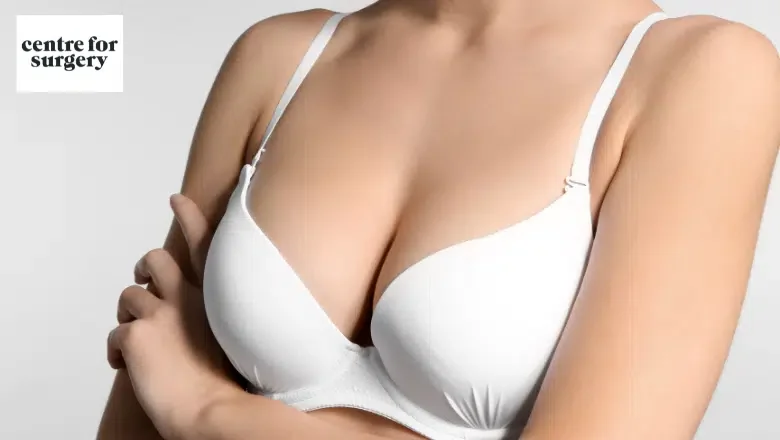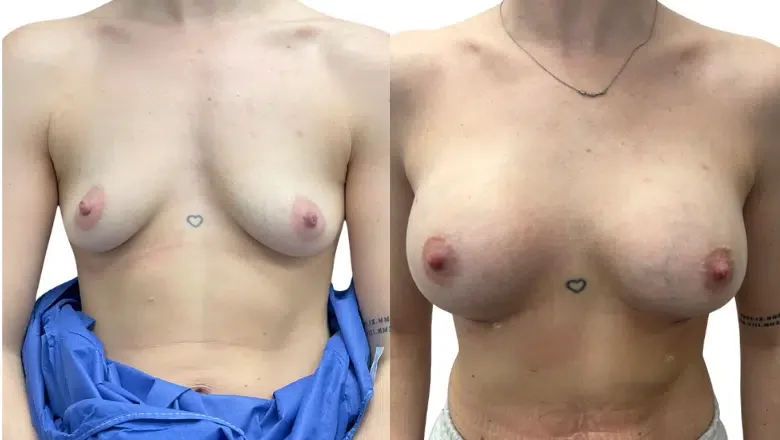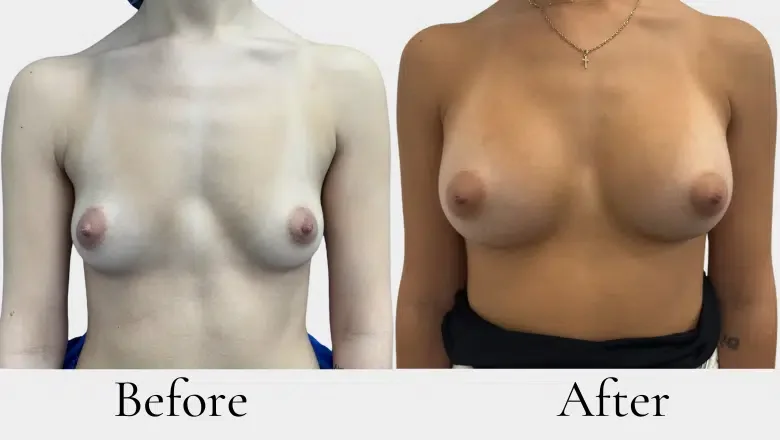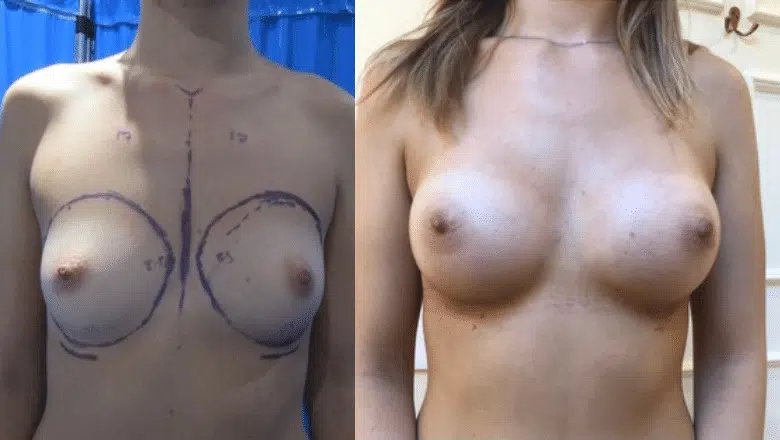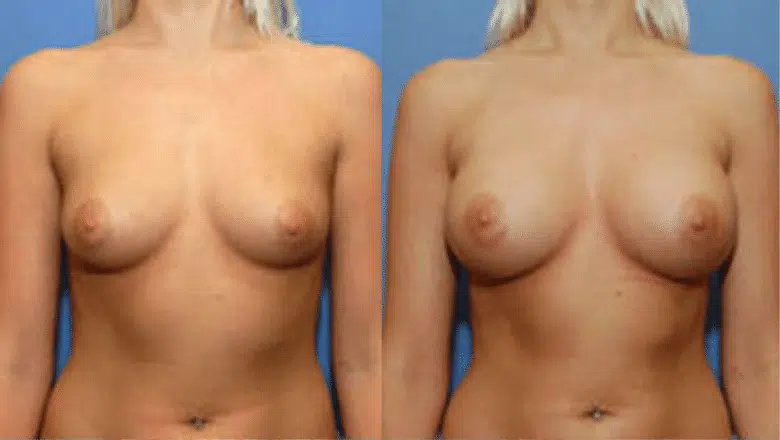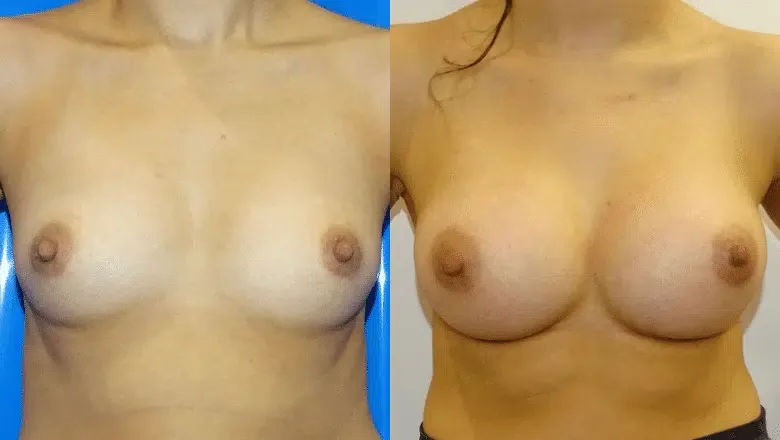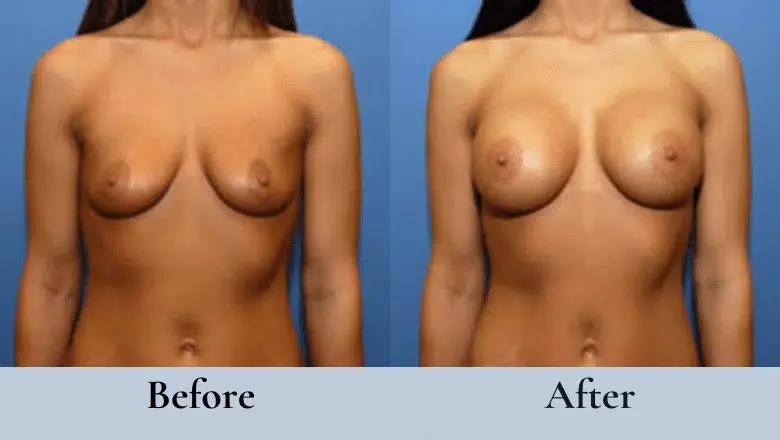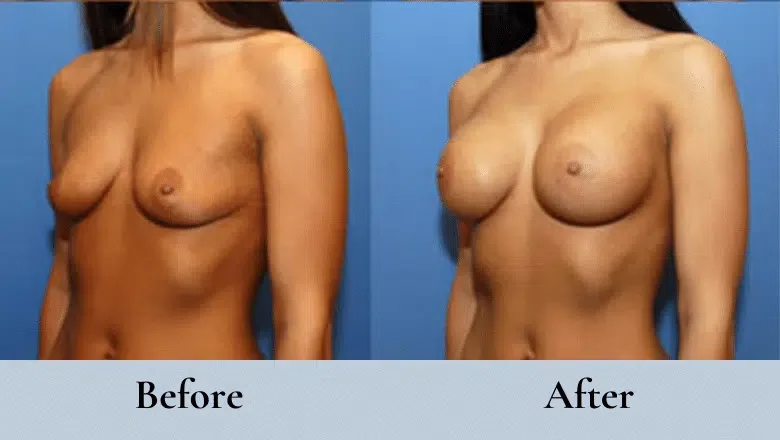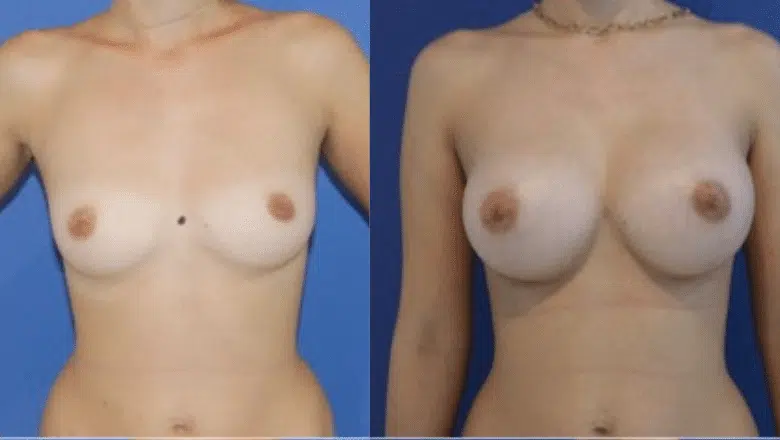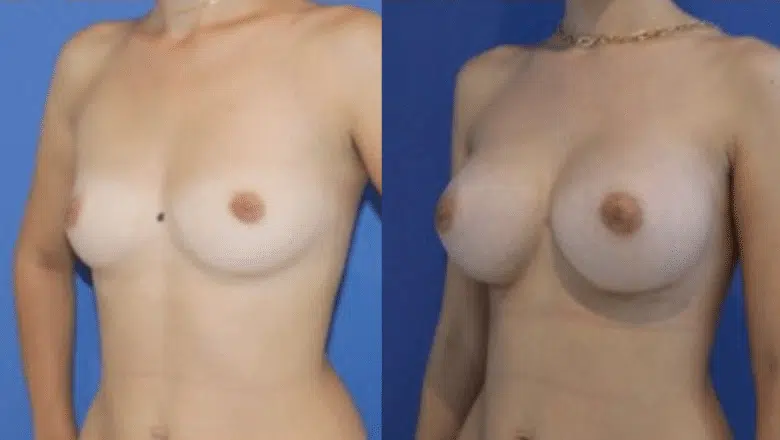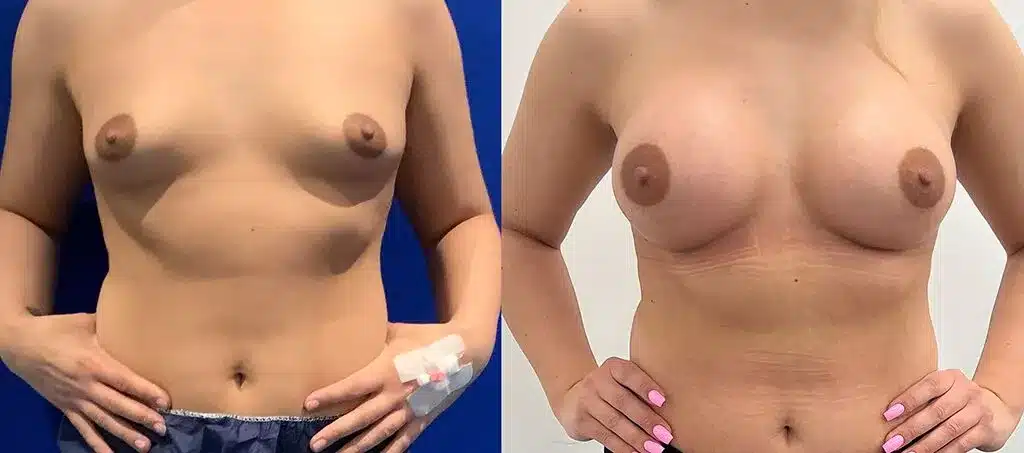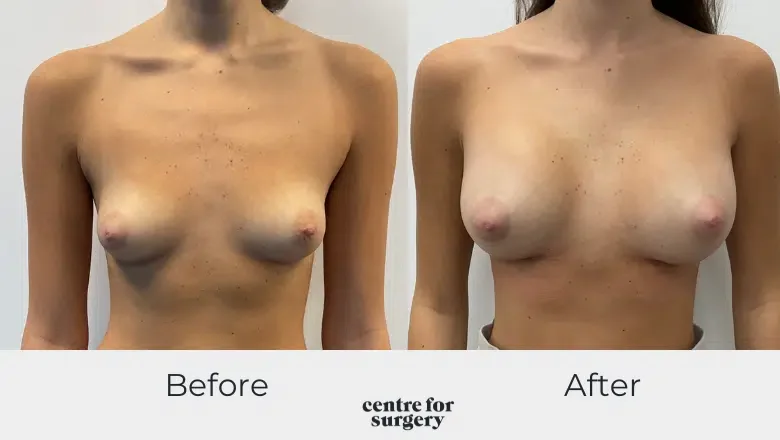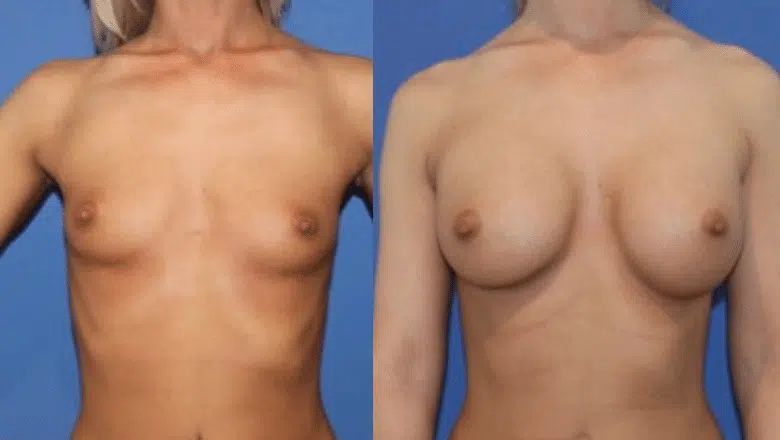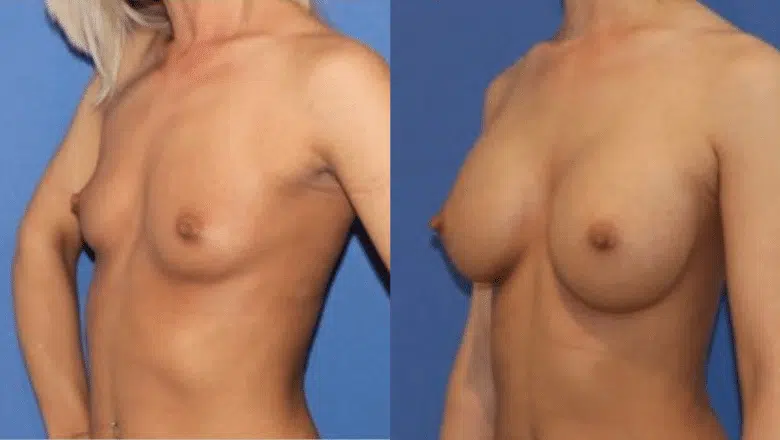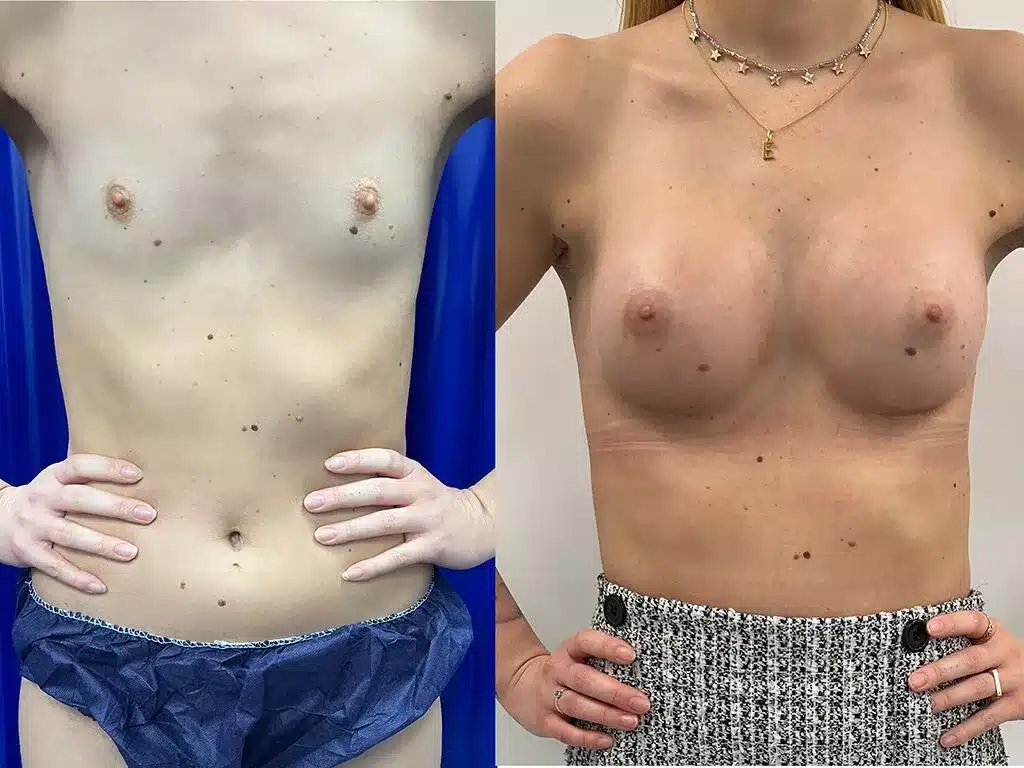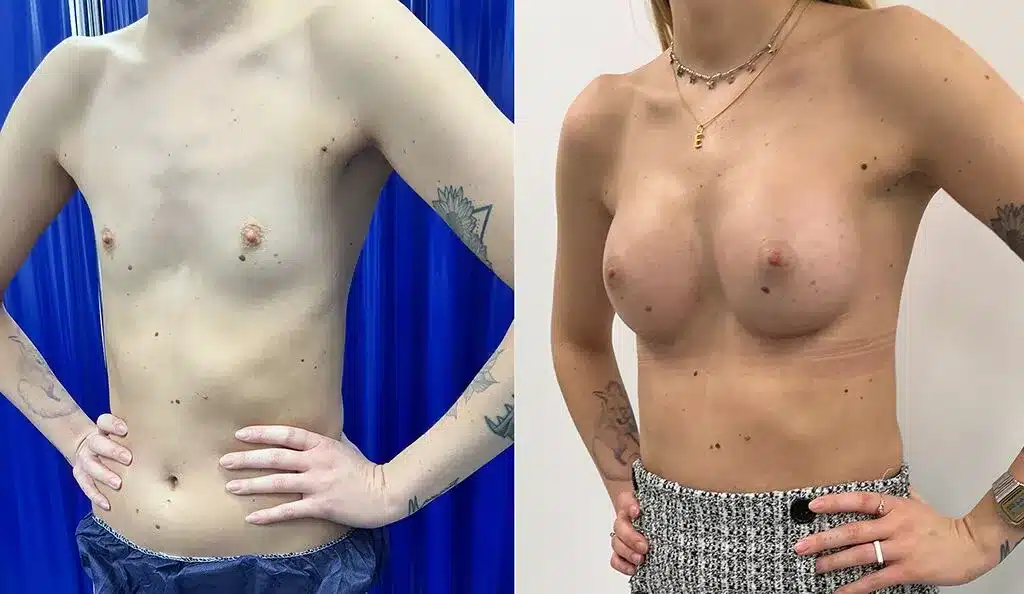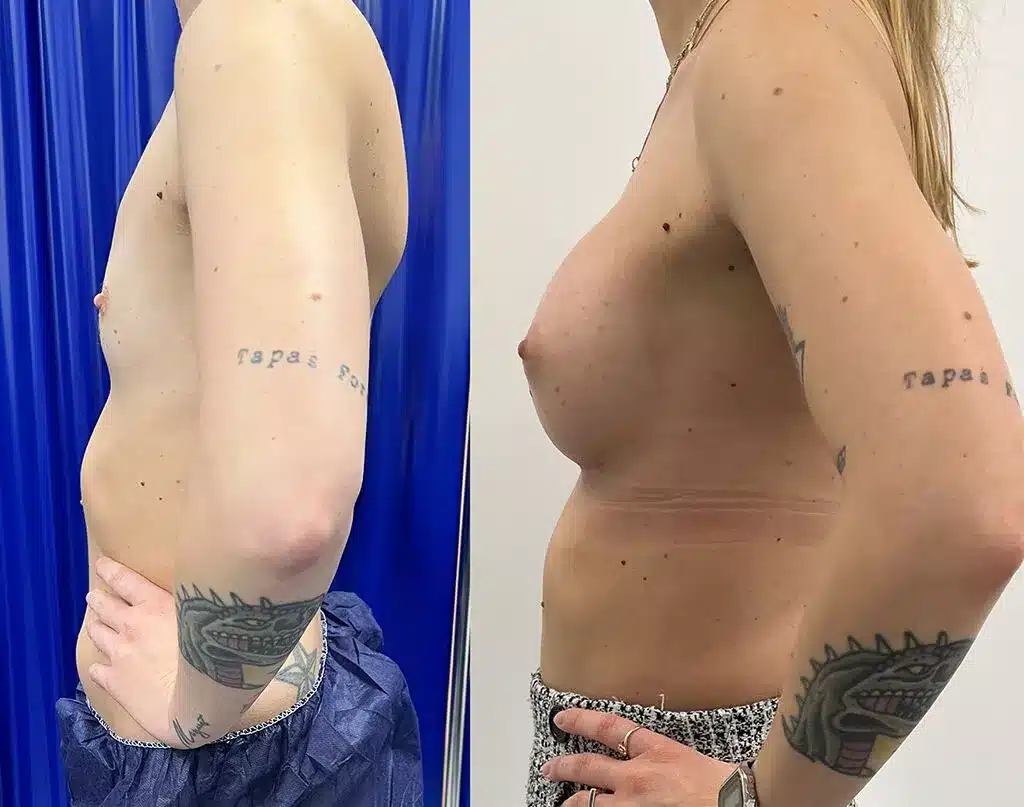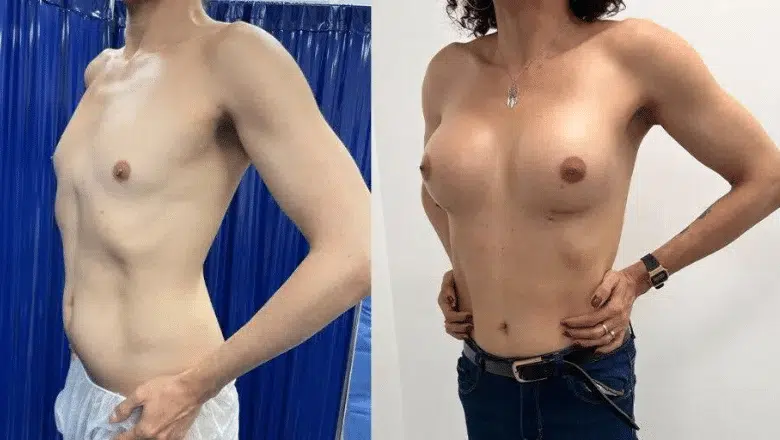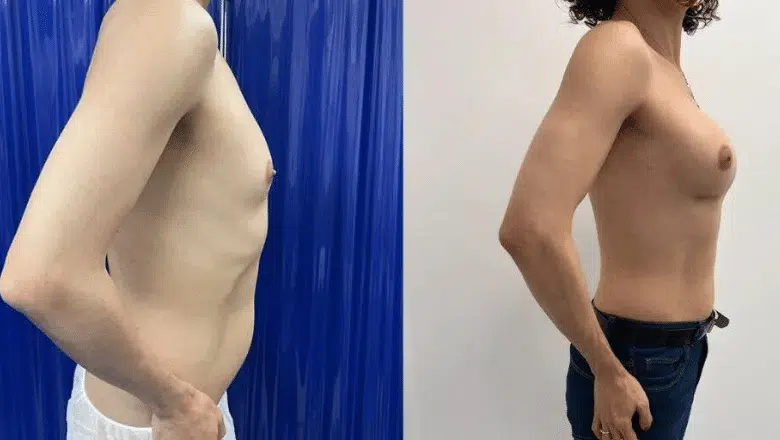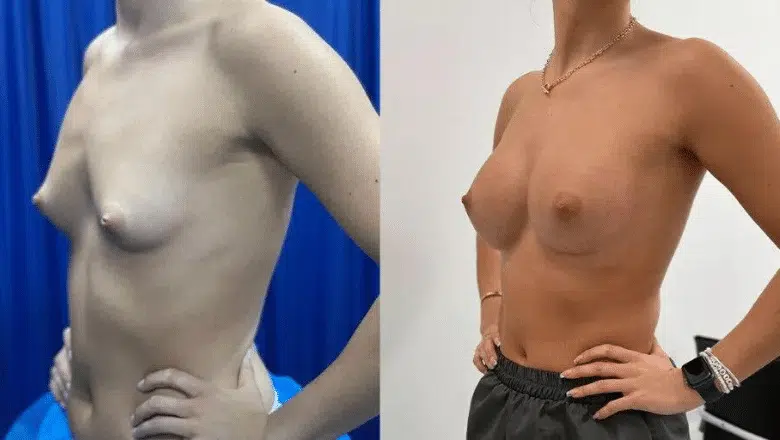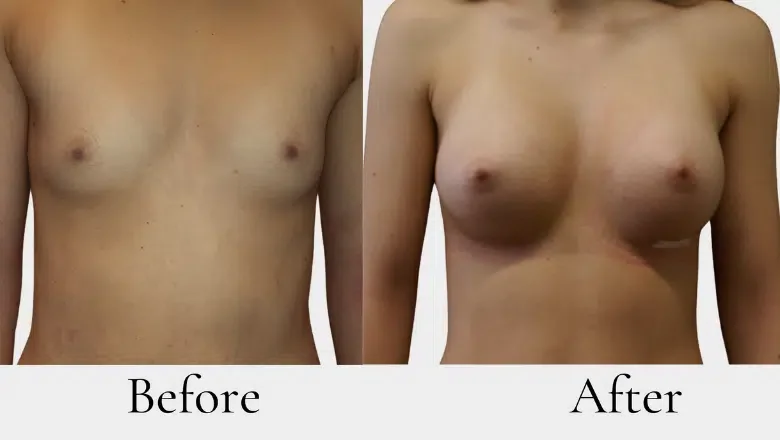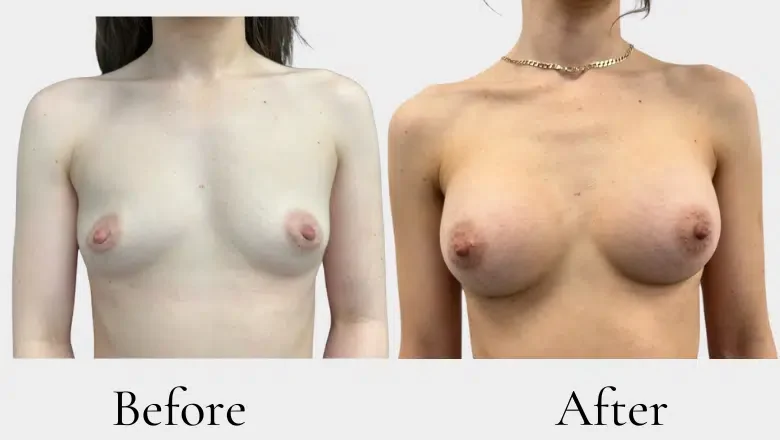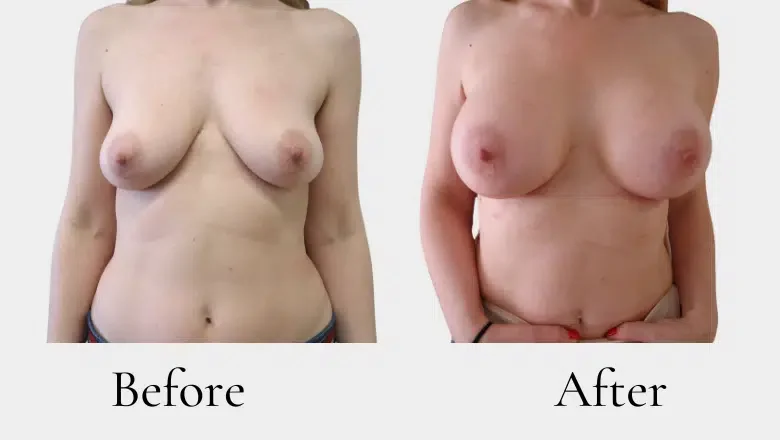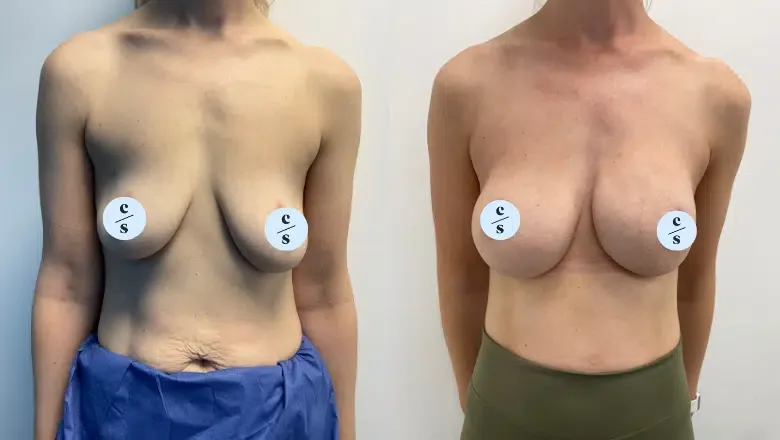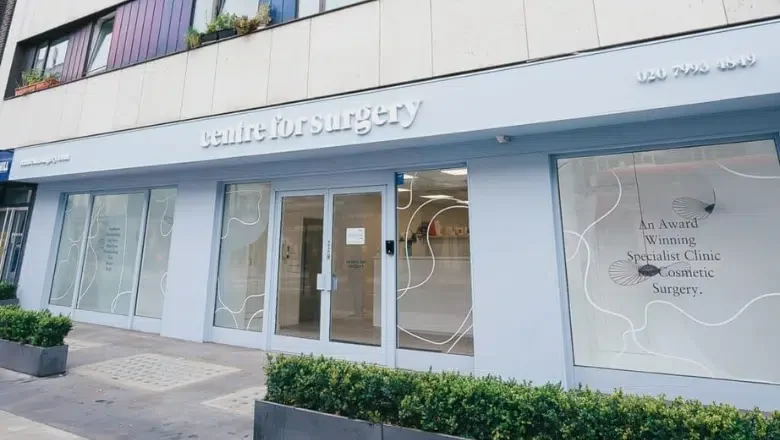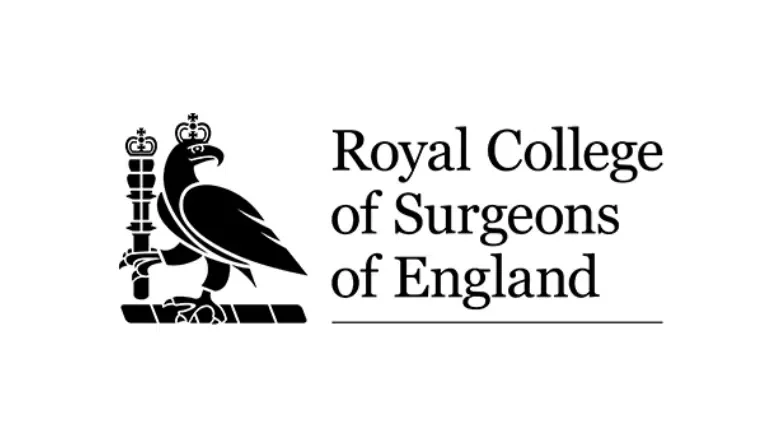Diverse Breast Shapes and Perceptions of Beauty in Breasts
Breasts are often seen as a symbol of femininity, and while all breasts are beautiful in their own right, individual preferences on beauty can vary. The way one perceives their breasts is influenced by their personal understanding of what makes breasts beautiful. Representations in the media also shape this perception. It is important to recognise that different breast shapes and sizes are suited for various body types.
Numerous studies have identified certain characteristics that are universally considered attractive across genders.
A breast shape that complements a slender body might not be as suitable for someone with a curvier figure. Breasts that appear well-proportioned on one person may look entirely different on another with a distinct body type. Consequently, the notion that larger breasts are inherently more attractive is misguided. Individuals undergo various procedures to enhance the appearance of their breasts, such as breast reduction, breast augmentation, and breast lift. These surgeries can modify the size, position, and dimensions of the nipples, thereby improving the overall aesthetics.
At Centre for Surgery, our team of skilled plastic surgeons specialises in breast procedures and works together to help patients achieve their desired outcomes. Explore the range of breast procedures offered and view actual patient before-and-after images to see the potential results.
RELATED: Breast Augmentation Before & After Photos
The Beauty of Large Breasts: A Matter of Perception
The belief that a woman’s breasts must be large to be considered attractive is a common misconception. Throughout history, perceptions of what constitutes beautiful breasts have evolved, and with the advent of the digital age, beauty standards have transformed even further. Fashions and trends are ever-changing.
Larger breasts were often viewed as a symbol of fertility in the past, as evidenced by statues from the Paleolithic and Neolithic periods. However, ancient Egyptians placed less importance on breast size. Instead, the ancient Greeks and Indian dynasties were more concerned with the shape and proportion of breasts.
The first breast augmentation surgery took place in 1960, revolutionizing the world and sparking a trend for larger breasts in the 1980s. This shift in preference was apparent in popular culture, as seen in TV shows like Baywatch. In contemporary times, people prioritise the shape, harmony, and balance of breasts. A natural appearance is now more widely appreciated.
The Aesthetics of Beautiful Breasts
Many women aspire to have well-proportioned breasts that are full, round, and feature forward-pointing nipples. By observing the breast from its highest point (where the torso separates) to its lowest visible point, one can visualize the ideal shape for their body. However, it is crucial to recognise that ideal breast shapes are subjective and can vary across individuals.
Diverse Breast Shapes and Sizes
Breasts exhibit various shapes, sizes, weights, and forms, ranging from small to large. Breast surgery can modify size, position, and even nipple dimensions. While it is challenging to categorize breasts into specific classifications, researchers have identified several common types.
Wide-Set Breasts: Identified by a larger gap between the breasts.
Slender Breasts: Often elongated, heavier, and featuring downward-pointing nipples.
Round Breasts: Circular in shape, with consistent volume throughout.
Athletic Breasts: Generally wider with smaller volume and less breast tissue.
Sagging Breasts: Typically occurring later in life, these breasts sit lower due to decreased skin elasticity.
Asymmetrical/Unequal Breasts: Although everyone has some degree of breast asymmetry, these breasts have notable differences in size, shape, form, or position.
East-West Breasts: Characterized by nipples pointing in opposite directions, away from each other.
Teardrop Breasts: Featuring a narrower upper portion and a broader lower section.
Close-Set Breasts: Naturally situated closer together compared to other breast types.
Tuberous Breasts: Recognized by a more conical shape, a narrower base, and limited breast tissue.
The Ideal Nipple: A Personal Perspective
There are various theories regarding the perfect nipple, just as there are for breast shape and size. Both the nipple and areola significantly contribute to the overall aesthetics of the breast. Nipples and areolas come in numerous shapes, sizes, prominence levels, colours, directions, and positions. Besides serving the essential function of breastfeeding, the nipple can significantly impact the appearance of the breast.
The average areola size is around 4 cm and is typically three times smaller than the breast and three times larger than the nipple. The size, shape, and colour of the areola vary from person to person, with darker areolas being more prevalent in specific ethnicities.
Medical conditions and life events, such as pregnancy, can alter the appearance of the breasts, particularly the contours of the nipples. Post-pregnancy, nipples and areolas typically return to their natural colour. As we age, nipples and areolas may darken. Nipples can be an indicator of bodily changes, including breast diseases, making it crucial to perform regular breast exams to detect any changes early.
Optimal Nipple Placement: A Matter of Perspective
Beauty standards evolve over time, and what was once fashionable may no longer be in vogue. A study conducted by a prominent UK plastic surgeon in London found that an ideal tissue distribution consists of 45% in the upper part and 55% in the lower part of the breast.
Another approach suggests that the perfect breast division is 1/3 in the upper portion and 2/3 in the lower portion. However, an individual’s ideal breast shape and distribution are also influenced by their body type and personal preferences.
Breasts can appear vastly different in individuals with long-waisted and short-waisted body types. Centre for Surgery can assist in choosing the appropriate implants to help achieve the desired outcome.
Changing Nipple or Areola Colour: Is It Possible?
Several factors can contribute to the darkening of nipples, including contraception, pregnancy, breastfeeding, menstruation, and chronic illnesses like cancer. Some women may prefer lighter-coloured nipples, as they believe it gives them a more youthful and refreshed appearance.
There are a few methods for lightening nipple colour. Adjusting one’s diet and using whitening topical creams may yield some results. However, it is essential to consult with a surgeon at Centre for Surgery before using any topical treatments.
Altering Nipple and Areola Size: Available Options
Various cosmetic surgical procedures can help modify the shape and size of the areola and nipple. Nipples and areolas come in diverse shapes, sizes, and positions. Some common concerns and their potential solutions are listed below:
Change in Areola Size or Shape: If you wish to alter the shape and size of your areola, surgeons can remove some skin to achieve better symmetry and an attractive shape. This procedure is typically performed as part of breast reduction or breast lift surgeries. To obtain more information on the appropriate surgical procedure for you, consider booking a consultation with the Centre for Surgery.
Retracted Nipples: These nipples can be classified as inverted, retracted, or withdrawn. This rare condition affects a small group of women, primarily after breastfeeding. A straightforward surgical procedure can restore the original nipple positioning.
Larger Nipples: People with smaller breasts may have nipples that appear larger in proportion to their breast size, also known as tubular breasts. This issue can be addressed through an areola procedure or implant placement.
Lower-Positioned Nipple and Areola: If your nipples are situated lower (as in sagging breasts), consulting a surgeon at the Centre for Surgery may lead to suitable surgical methods for more appealing results.
Achieving More Attractive Breasts: Options to Consider
Only a small number of women feel that they have perfect breasts, owing to genetics, diet, lifestyle, and other factors. Many people believe their breasts are either too big, too heavy, or too small, and few are completely satisfied with their shape. The notion of the ideal breast shape and size is subjective and varies among individuals.
Breast plastic surgery has developed techniques and methods to help people achieve their desired breast appearance. With the help of highly skilled plastic surgeons at Centre for Surgery in London, it is possible to attain the ideal breasts for each person, whether that means a natural, proportionate appearance or a more dramatic result with larger implants. Consider discussing your preferences during a consultation at our Baker Street clinic to determine your ideal breast shape and size.
FAQs on Breast Surgeries and Related Topics
Here are some common questions and their detailed answers concerning breast surgeries and related topics:
What are the most common breast procedures performed in the UK?
The most commonly performed breast procedures include breast augmentation (enlargement), breast reduction, and breast lift (mastopexy).
Is it possible to correct asymmetrical breasts?
Yes, asymmetrical breasts can be fixed through various surgical procedures, such as breast augmentation, breast reduction, or breast lift, depending on the individual’s specific needs.
What factors contribute to breast asymmetry?
Breast asymmetry can be caused by various factors, including genetics, hormonal changes, pregnancy, breastfeeding, ageing, and weight fluctuations.
When is a breast lift considered the most suitable option?
A breast lift is ideal for individuals with sagging or drooping breasts due to ageing, pregnancy, or significant weight loss, aiming to restore a more youthful and uplifted appearance.
Is it possible to undergo breast augmentation for just one breast?
Yes, breast augmentation can be performed on just one breast to correct asymmetry or size differences between the two breasts.
Can I modify the shape and size of my nipples and areola?
Yes, surgical procedures, such as nipple reduction, nipple lift, or areola reduction, can be performed to alter the shape and size of the nipples and areola.
Is it possible to change my breast size without surgery?
While non-surgical measures like exercise, diet, and hormonal therapy may have some impact on breast size, these methods generally produce limited results compared to surgical procedures.
What exercises can help even out uneven breasts?
Exercises that target the pectoral muscles, such as push-ups, chest presses, chest flies, and dumbbell pullovers, can help improve overall breast appearance. However, these exercises cannot specifically target unevenness, as breast tissue primarily comprises fat and glands, not muscle. Consulting a fitness professional for a tailored exercise routine can be beneficial.
Centre for Surgery: A Premier Clinic for Aesthetic and Reconstructive Procedures
Centre for Surgery is a leading plastic surgery clinic based in London. It specialises in a wide range of aesthetic and reconstructive procedures. With a team of highly skilled and experienced surgeons, the clinic is dedicated to providing the highest standard of care and delivering exceptional results to patients.
Services Offered
Centre for Surgery offers an extensive range of surgical and non-surgical procedures, including breast augmentation, breast reduction, breast lift, nipple correction, and areola reshaping, among others. In addition to breast procedures, the clinic also provides facelifts, rhinoplasty, liposuction, abdominoplasty, and various skin treatments.
Personalised Approach
At Centre for Surgery, the team understands that every individual’s needs and goals are unique. They take a personalised approach to ensure that each patient receives the best treatment plan tailored to their specific requirements. This individualized care extends from the initial consultation to the surgery and post-operative follow-up.
State-of-the-Art Facilities
Centre for Surgery is equipped with state-of-the-art facilities and advanced technology to ensure patients receive the highest level of care in a comfortable and safe environment. The clinic adheres to stringent safety protocols and maintains the highest standards of hygiene and cleanliness.
Experienced and Skilled Surgeons
The surgeons at Centre for Surgery are highly trained and experienced in their respective fields, giving patients confidence that they are in the best hands for their procedures. They are committed to ongoing professional development, staying up-to-date with the latest techniques and advancements in the field of plastic surgery.
Booking a Consultation
If you want to learn more about the Centre for Surgery and the procedures we offer, book a consultation today at our Baker Street clinic. During the consultation, you can discuss your goals and preferences with a specialist, who will help you determine the best treatment plan to achieve your desired results.
